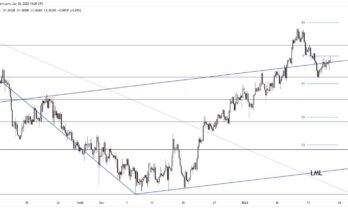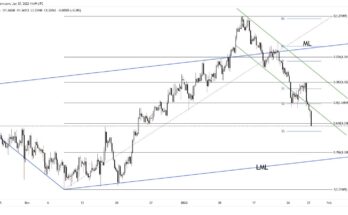FX volatility remains on the high side at the moment, with the move in bond yields playing a major role. Bond yields are being driven higher globally at differing paces which has impact currencies given that front end yields are one of the primary drivers of currency moves. More specifically in Europe we’ve seen the euro push higher, with yesterday’s move being driven by the optimism being expressed by the ECB over European recovery. ECB President Draghi was confident that the pace of purchases would not have to be expanded and that inflation would recover into the end of the year. At the margins, we also saw some upward revisions to Eurozone PMI data. The euro’s move came on the back of the gains seen on Tuesday as markets became more optimistic of a deal being struck in Greece, although once again this looks to be some way off. The euro has moved from 1.09 to nearly 1.13 so far this week, a fairly dramatic reversal which has once again put into question the structural EURUSD downtrend based on diverging monetary policy dynamics.
Today is likely to be a bit of a waiting game ahead of Friday’s jobs numbers in the US, with bond yield dynamics proving to be the main factors for currencies. There are no major data releases to worry about, whilst the Bank of England decision in the UK will not be a factor for sterling with no change expected and no statement issued by the Bank in these circumstances. Once again, the Greek story won’t be far from the headlines. Perhaps not surprisingly, Greece has not taken a fancy to the latest proposal on the table from its lenders, but is also playing down the chance of default on the IMF payment due tomorrow.
Further reading:
AUD/USD slips from the highs on weak trade balance, retail sales
EUR/USD: Volatile Path Toward Parity By Year-End – BofA Merrill



